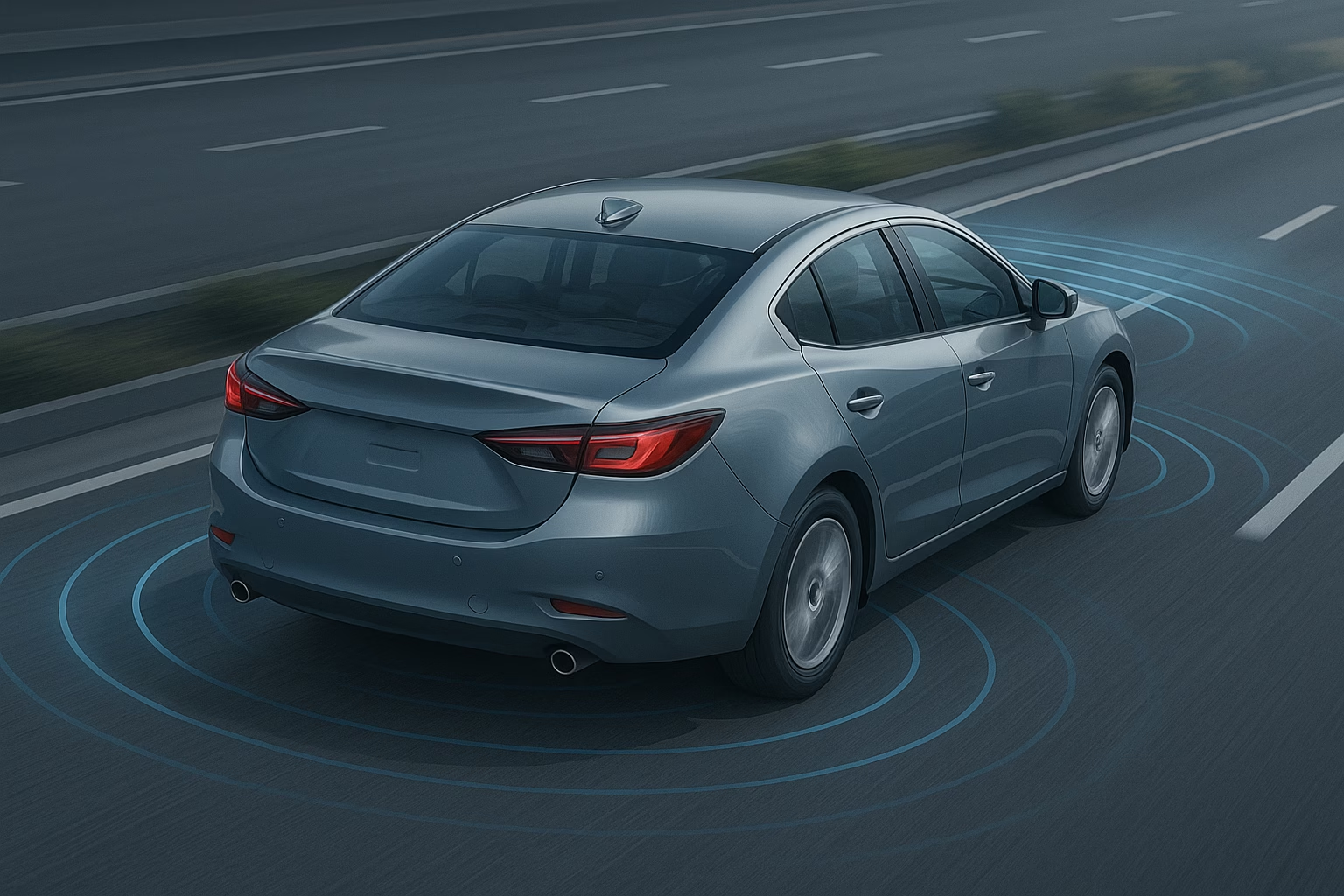What is Lane Keeping Assist?
Lane Keeping Assist (sometimes called Lane Keeping Aid or Lane Centring) is an advanced driver assistance system designed to help you stay safely within your lane. Using a small camera mounted near the top of the windscreen and other sensors, the system monitors the lane markings on the road. If it detects that your vehicle is drifting towards the edge of the lane without a turn signal, it gently intervenes with a steering correction and sometimes an audible or haptic warning.
Lane Keeping Assist is different from Lane Departure Warning, which only alerts you when you cross a line. A full lane‑keeping system is proactive: it reads the road ahead and helps keep the car centred while you steer. It’s meant to assist rather than to replace the driver’s skills.
How Lane Keeping Assist Works
Most lane‑keeping systems rely on a forward‑facing camera that watches for painted lane markers. The vehicle’s computer processes these images and determines your position between the lines. If you begin to drift, the system can apply a small amount of torque through the power steering to guide the car back toward the centre. In some cars, this happens continuously (lane centring), while in others the system only intervenes when you cross a boundary.
Some vehicles add a radar sensor or use data from adaptive cruise control to understand the speed of nearby traffic. This helps the lane‑keeping system know when to ease off, such as when you’re intentionally changing lanes or avoiding an obstacle. Sensors and cameras must be clean and properly calibrated for the system to work correctly.
Benefits of Lane Keeping Assist
Lane Keeping Assist reduces the risk of sideswipe and run‑off‑road crashes caused by drifting. Long motorway drives can be tiring, and a gentle nudge from the steering wheel can help you maintain your concentration. Studies have shown that driver‑assist technologies reduce unintentional lane departures and improve overall lane discipline, which benefits everyone on the road.
The system can also be an early warning if you’re becoming drowsy or distracted. Feeling the steering wheel tug can remind you to refocus your attention or take a break.
Limitations and Best Practices
Lane Keeping Assist isn’t foolproof. It depends on clearly visible lane markings, good lighting and a clean windscreen. If the road is under construction, lane lines are faded, or the camera’s view is obscured by snow, dirt or sun glare, the system may disengage. Always keep the camera area clean, and don’t cover it with stickers or dash‑mounted accessories.
Remember that lane‑keeping systems are an aid, not an autopilot. Keep your hands on the wheel and be prepared to steer at all times. The system’s steering torque is gentle and can be easily overridden. If you intentionally need to leave your lane, use your turn indicator; most systems will then suspend their intervention.
Tips for Using Lane Keeping Assist Safely
- Know where the camera is: Usually near the rear‑view mirror. Keep the area clean and ensure your windscreen is free of chips or cracks that could block its view.
- Check for calibration: After a windscreen replacement, wheel alignment or suspension repair, have the system recalibrated by a qualified technician. This ensures the camera sees the road correctly.
- Stay attentive: Lane keeping is not a substitute for safe driving. It’s there to support you, not to take over.
- Learn the alerts: Familiarise yourself with the visual, audible and steering‑wheel feedback your car provides so you understand what it is telling you.
Conclusion
Lane Keeping Assist can be a valuable partner on long drives and busy commutes, helping you stay centred and reducing the chance of drifting into another lane. By understanding how it works and respecting its limitations, you can take full advantage of this technology. Keep the sensors clean, pay attention to the road and enjoy the added confidence that a properly functioning lane‑keeping system can provide.

Hiran Alwis is an automotive lecturer and ADAS specialist with over 15 years of experience in diagnostics, advanced safety systems, and technical training. He founded ADAS Project to help everyday drivers and workshop technicians understand and safely use advanced driver assistance systems.
